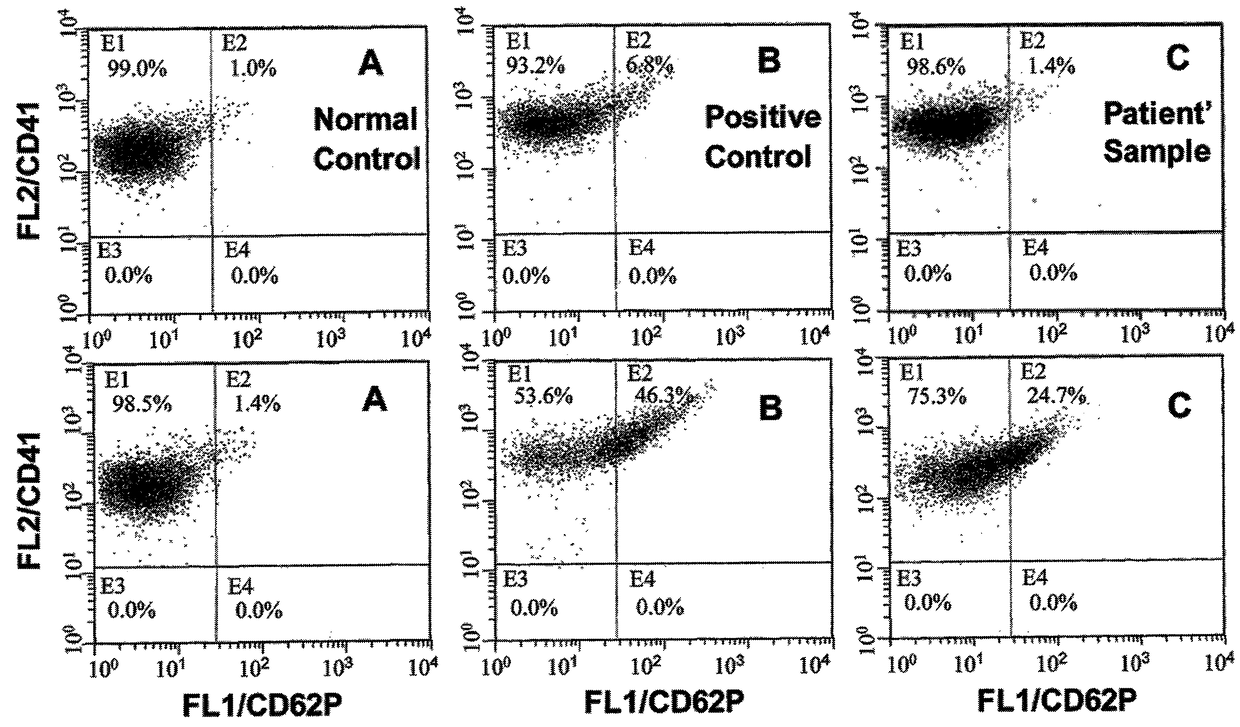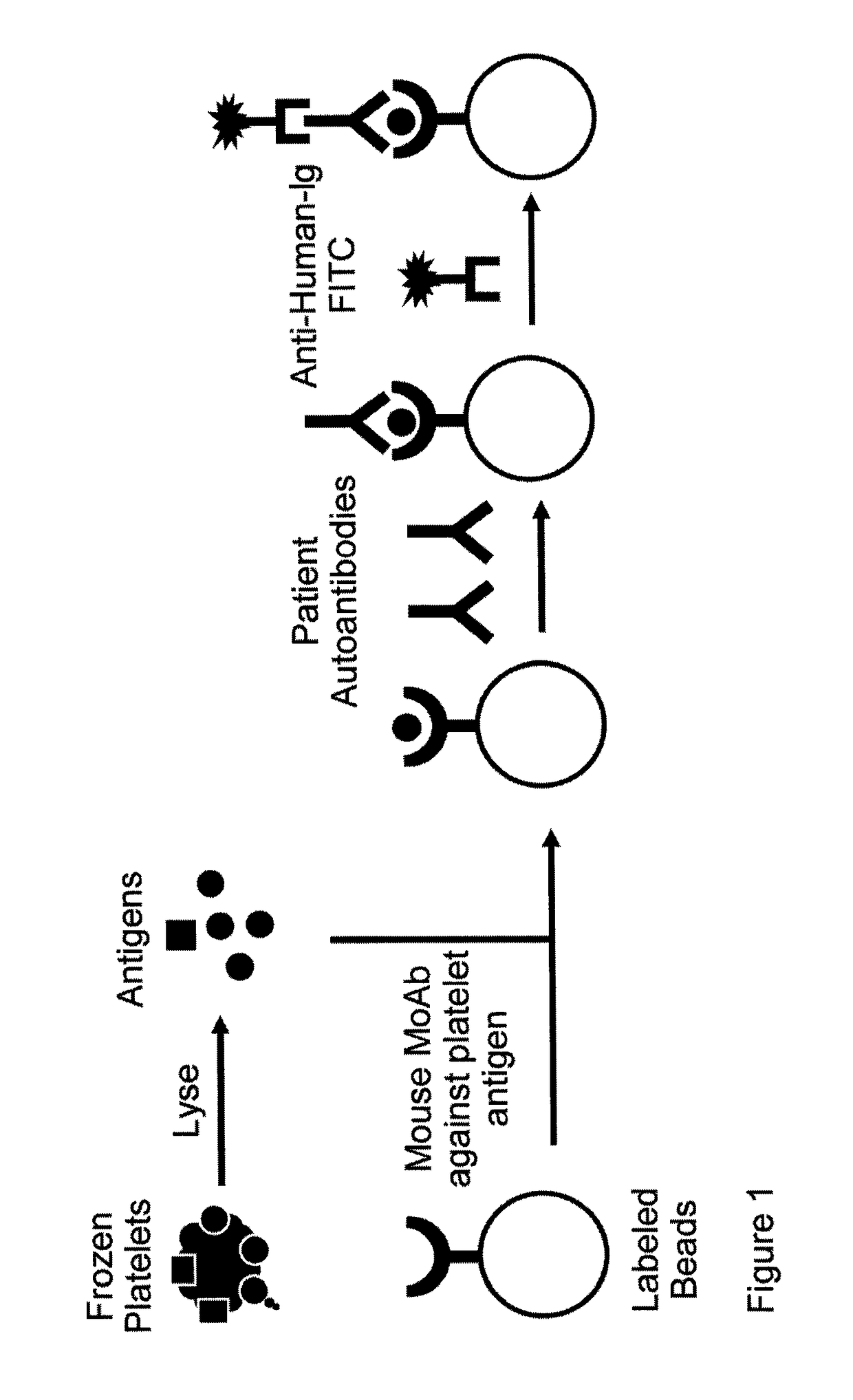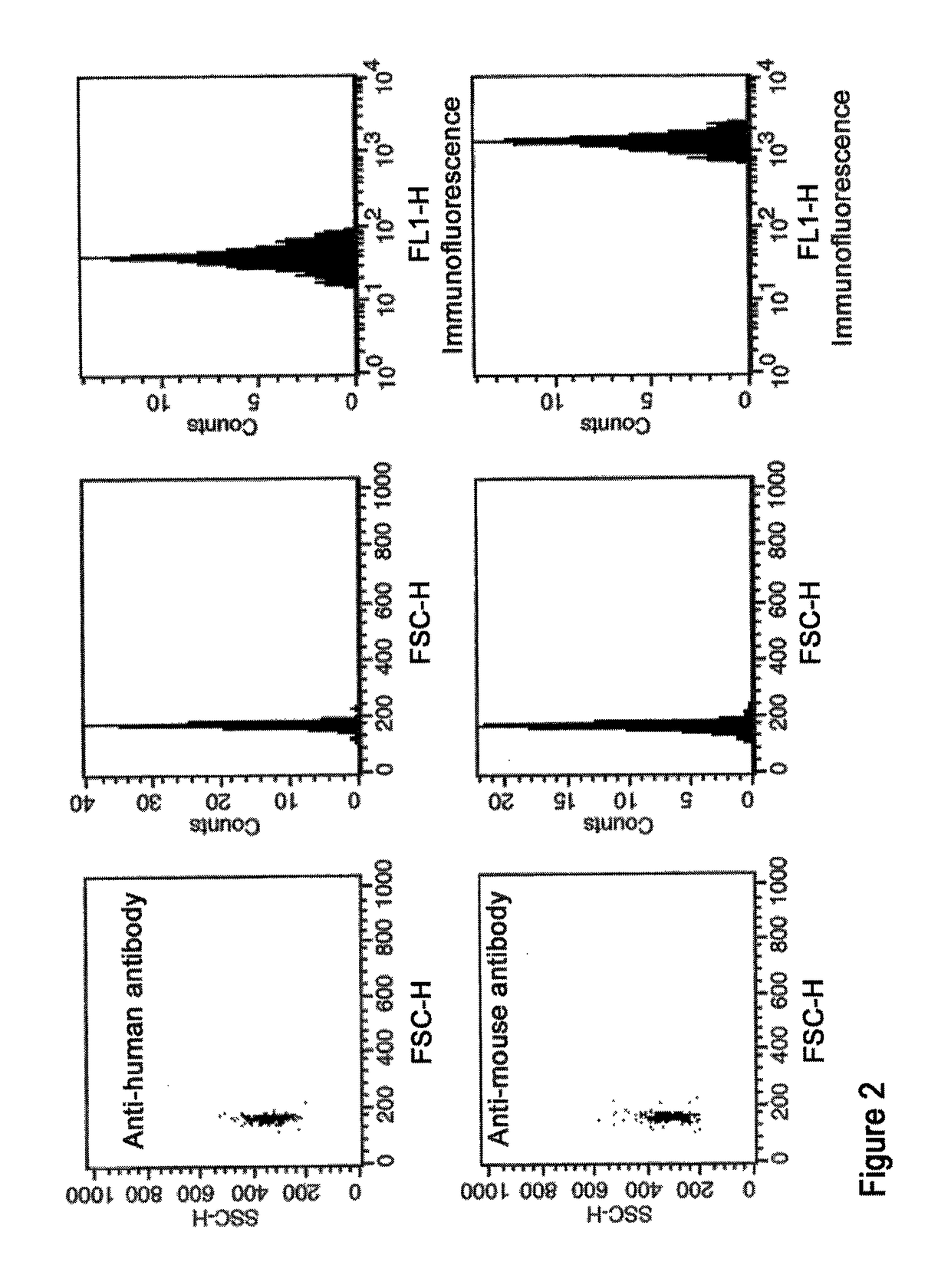Increased tendency for coagulation termed “Hypercoagulability” or “Thrombophilia” is a major cause of morbidity and mortality.
Another problem is the increased tendency for bleeding related to platelets, which is also common in the general
population.
However, despite the clinical importance of platelet disorders there is yet an unmet need for platelet analysis systems and methods that would allow clinicians to easily diagnose various medical conditions related to platelets.
Such conditions include both platelet
functional abnormality, causing bleeding, and ongoing blood hypercoagulable activity, which may lead to
vascular occlusion and
thrombosis, and in pregnant women to placental vascular complications and fetal death.
Currently used platelet analysis methods carry certain methodological and practical limitations, thus generally providing incomplete
clinical information as is specified below.
Despite being a clinically important disorder its diagnosis is currently hampered by the lack of a feasible and reliable
assay for routine clinical use.
Furthermore, suspected patients may be subjected to empiric therapies such as high
dose corticosteroids that may carry significant side effects, or high
dose intravenous immunoglobulins which is an expensive therapeutic option.
Methods to determine general anti-platelet or platelet bound
antibody-similar to Coombs test for red-blood cells—have proven to be non-useful, since platelets unlike red cells express Fc-
receptor and naturally bind
circulating antibodies.
Current methods that may be used to determine autoimmune thrombocytopenia, such as an ELISA type
assay (MAIPA), carry significant methodological and practical limitations, have limited specificity, are labor intensive (three-day work to obtain results) and require high expertise to obtain results [Chong B H, Keng T B], [Cines D B, Blanchette V S], [McMillan R, et al.
Thus they are not routinely available for diagnosis.
Further, these assays are not approved for the diagnosis of autoimmune thrombocytopenia.
It is important to note that as indicated by Chong and Keng, however, the reason for not requiring a confirmatory test (as is required for example for the diagnosis of APS) is that there is not yet a reliable test with sufficiently high sensitivity and specificity.
Furthermore, a diagnosis based on exclusion carries potential problems [Cines D B, Blanchette V S], [McMillan R, et al.
Current laboratory assays for diagnosis are heterogeneous with methodological and practical limitations [Wong R C, Favaloro E J].
As stated in this reference “Despite numerous past and ongoing efforts, there remains significant variation in results from assays for the major antiphospholipid antibodies (aPL), namely anticardiolipin (aCL), anti-beta2
glycoprotein I (anti-beta2GPI), and
lupus anticoagulant (LA)”, and “However, because of the paucity of good-quality published evidence, there is a heavy reliance on
expert opinion, and thus the existing
consensus guidelines for aPL testing and reporting are largely eminence based rather than evidence based”.
Another major problem is that the correlation of the laboratory findings with the clinical presentation is not entirely apparent.
It is important to note that because of these methodological limitations of the routinely used laboratory tests, the international guidelines require the repetition of the assays 12 weeks apart when their outcome is positive [Miyakis S et al].
The diagnosis of HIT poses serious clinical dilemmas.
Current methods based on the detection of antibodies against heparin-platelet-factor 4 complex such as the ELISA and the Gel-particle
assay (e.g. PaGIA) have certain methodological and practical limitations.
The functional, radioactive
serotonin-release assay (SRA) is considered the gold-standard, However, it is impractical and is not available out of limited research laboratories [Sheridan et al.
However, because it has been found that this method requires high expertise, it is not available in regular clinical laboratories.
The commonly employed methods use a relatively high-
dose stimulant to achieve an end-point result, thus not being capable of testing the three phases of the
platelet activation process leading to final aggregation, as the method described here does, which is important in diagnosis of platelet dysfunction.
These methods also incapable of detecting some platelet
functional disorder such as Scott syndrome and other ones [B S Coller and D L French], [Shattil S J et al].
Nevertheless, many patients with recurrent thrombosis have been found not to have adequate response to the
inhibitory effect of these agents, a syndrome termed “
Aspirin resistance” [Fitzgerald R, Pirmohamed M.
These tests are not available by the commonly used platelet analysis methods in the clinical coagulation laboratories.
 Login to View More
Login to View More 


